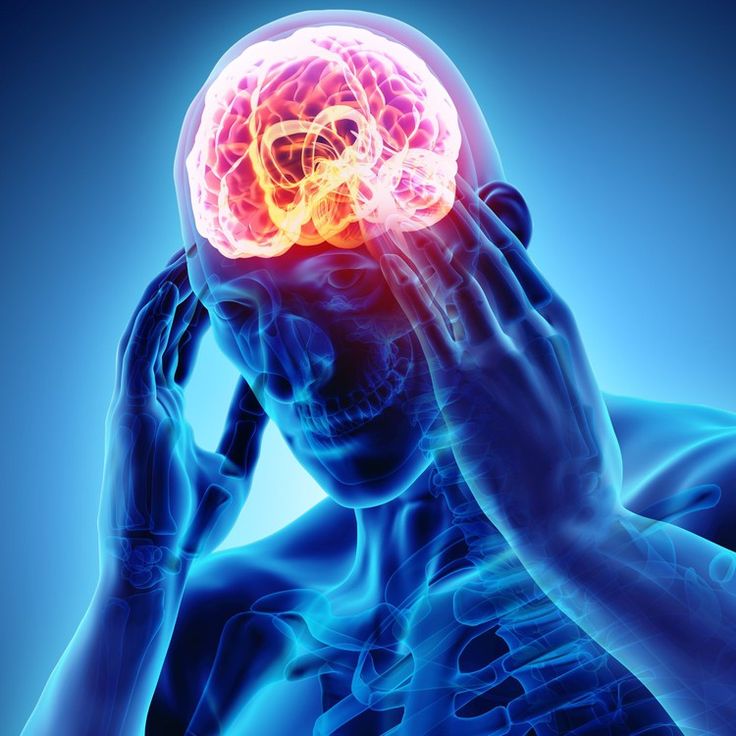You could be just about to go about your business for the day. You’ve probably planned it all out and are excited to set the ball rolling, then bam! – a banging pain in your head. Suddenly, almost everything else is on hold just because of a headache.
Headaches are one of the most underrated yet annoying health challenges. It can put you in a bad mood and ruin your day. Pills may not always be effective; even when they are, it could take ages to provide the needed relief. But don’t fret. There is hope beyond those over-the-counter drugs.
There are super-fast yet simple remedies for everyday headaches. With just a few items and steps, you would be more than ready for the next round of headaches that come knocking. Some of them are so simple, you wouldn’t believe they work.
Are you aware that there are various types of headaches? We will learn about them, too. Thereafter, we’d dig into these exciting solutions—quick homemade remedies that will send them packing and bring your body and daily schedule back to life. First, let’s understand what a headache is and isn’t.
What Is a Headache?
A headache is a pain felt on the head or face. It affects people differently. Some experience sharp pains, while others experience dull discomfort. Headaches could also be constant, like the humming of a refrigerator, or throbbing, like a drumbeat inside the skull.
There are over a hundred different types of headaches. Some are caused by misbehavior or overactivity of pain-sensitive parts of the head and are referred to as primary headaches. They are simply headaches and aren’t signs or symptoms of sicknesses. These include tension, cluster, migraine, and New Daily Persistent Headaches (NDPH).
The secondary ones are caused by underlying medical conditions or are symptoms of other adverse medical conditions. They include spinal, dehydration, thunderclap, and sinus headaches. Let’s take a brief look at each of them.
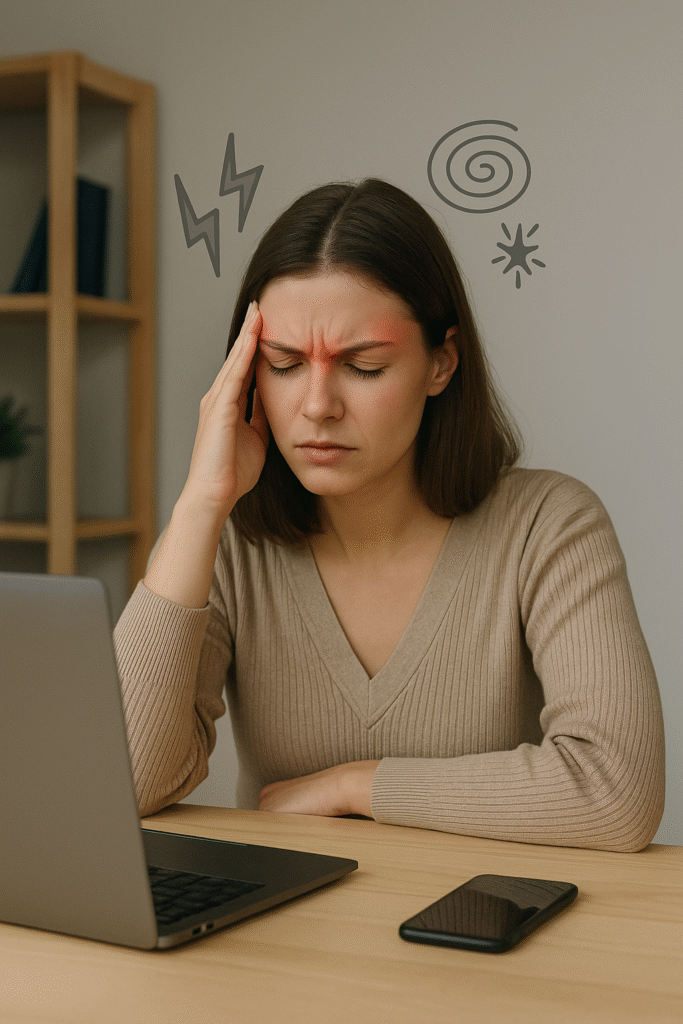
Tension Headache
The most common type of headache, tension headache, affects the back of the head, forehead, temple, and neck. It is a dull, aching pain that seems like a tight band around the head. It is a mild to moderate constant pain that usually lasts 30 minutes to an hour.
Tension headaches usually involve tightness in the neck and shoulders. They are triggered by eye strain, fatigue, poor posture, and dehydration.
Cluster Headache
Cluster headaches cause severe burning and piercing pain. They occur in series, with each episode lasting 15 minutes to 3 hours. These episodes could happen multiple times daily and recur over weeks or months.
Cluster headaches usually appear around or behind one eye and lead to runny and blocked nostrils, redness of the eyes, and restlessness. They are the most painful headaches and are commonly called “suicide headaches.”
Migraine
When one develops a migraine, they experience moderate to severe throbbing pain. Migraines can occur on one side of the head or throughout. The pain can last from 4 to 72 hours and can occur occasionally or frequently.
Migraine causes heavy discomfort and can ruin one’s day. Someone with migraine could experience hyper-sensitivity to light and sound, and may begin to see flashing lights. They could also suffer fatigue and brain freeze.
New Daily Persistent Headache (NDPH)
If you’ve had a dull or pressing headache that lasted continuously for many days, chances are you suffered from New Daily Persistent Headache (NDPH). This headache can last daily for up to 3 months without brief seconds of relief.
It could affect one or both sides of the head and usually attacks people who haven’t been suffering from frequent headaches previously. Its triggers could include stress, viral infections, or nothing at all. NDPH could just occur from the blues.
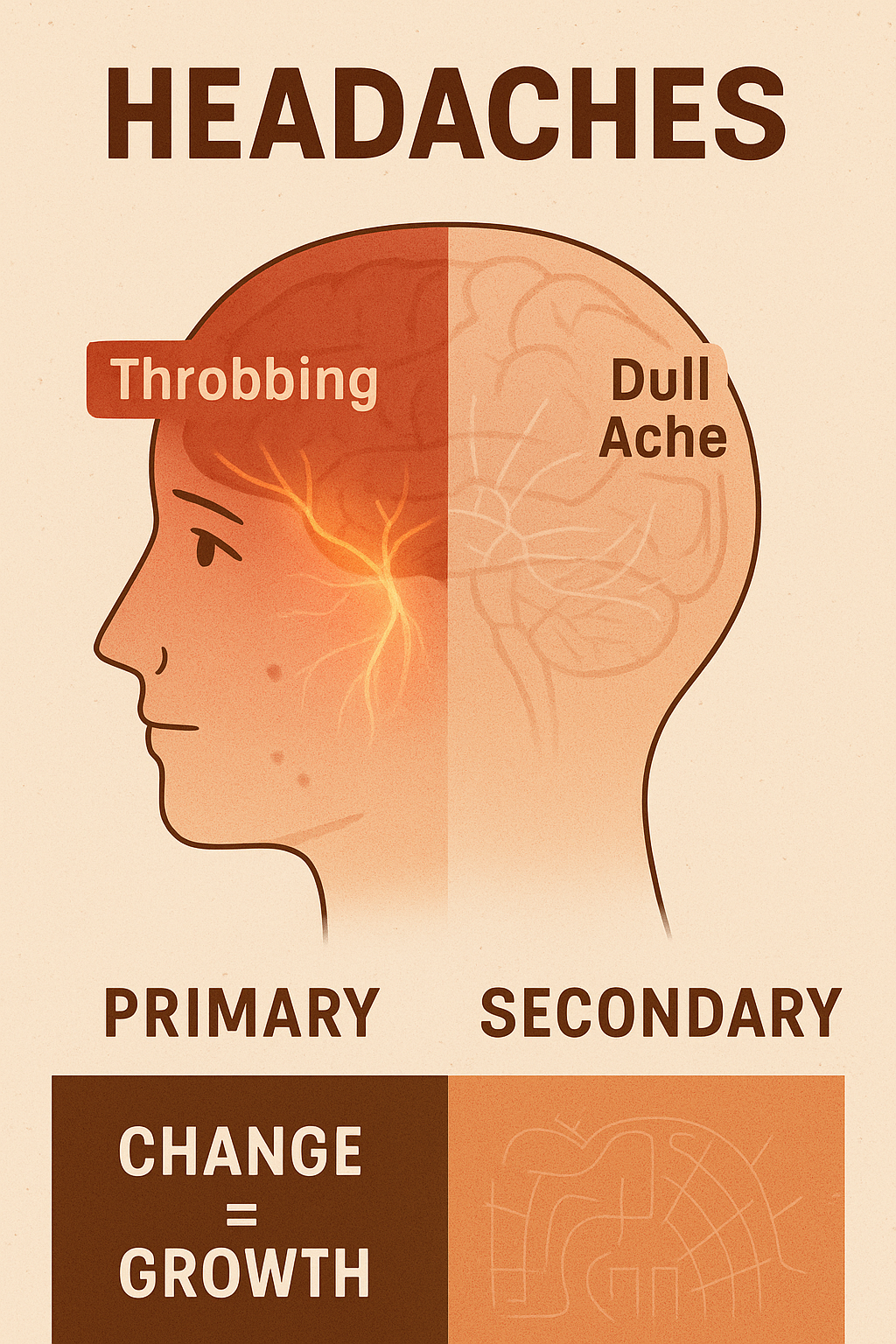
Spinal Headache
Also referred to as post-dural puncture headache, a spinal headache causes a dull and throbbing pain. It occurs at the back of the head or neck due to spinal fluid leaking out of the membrane protecting the spinal cord.
Someone with a spinal headache feels the most intense pain when they attempt to sit or stand, and they feel the most relief when they lie down. This type of headache usually occurs a few days after a spine-related surgery.
Thunderclap Headache
This is a sudden but severe headache that occurs quickly. It comes in a flash or like a clap of thunder. It usually lasts at least five minutes and reaches its highest pain level within the first minute.
Although it could be harmless, it is usually a symptom of a life-threatening condition such as a stroke. Thunderclap headaches are commonly one-sided and typically affect the back of the head. It results in stiffness of the neck, vomiting, vision changes, seizures, and loss of consciousness.
Sinus Headache
A sinus headache is caused by an infection or inflammation of the sinuses, the air-containing cavities in the bones of the face and skull. When these disruptions occur, the sinuses begin to generate pain in the head, particularly in the forehead, cheeks, and around the eyes.
Sinus headaches cause dull and throbbing pain. They can also be accompanied by nasal blockage, thick discharge, swelling, and unusual softness of the face, fever, and a low sense of smell or taste.
This headache will usually last as long as the infection or inflammation, which could range from a couple of days to several weeks. It is common for people to mistake sinus headaches for migraines. However, a notable difference is that migraines do not cause swelling or tenderness of the face.
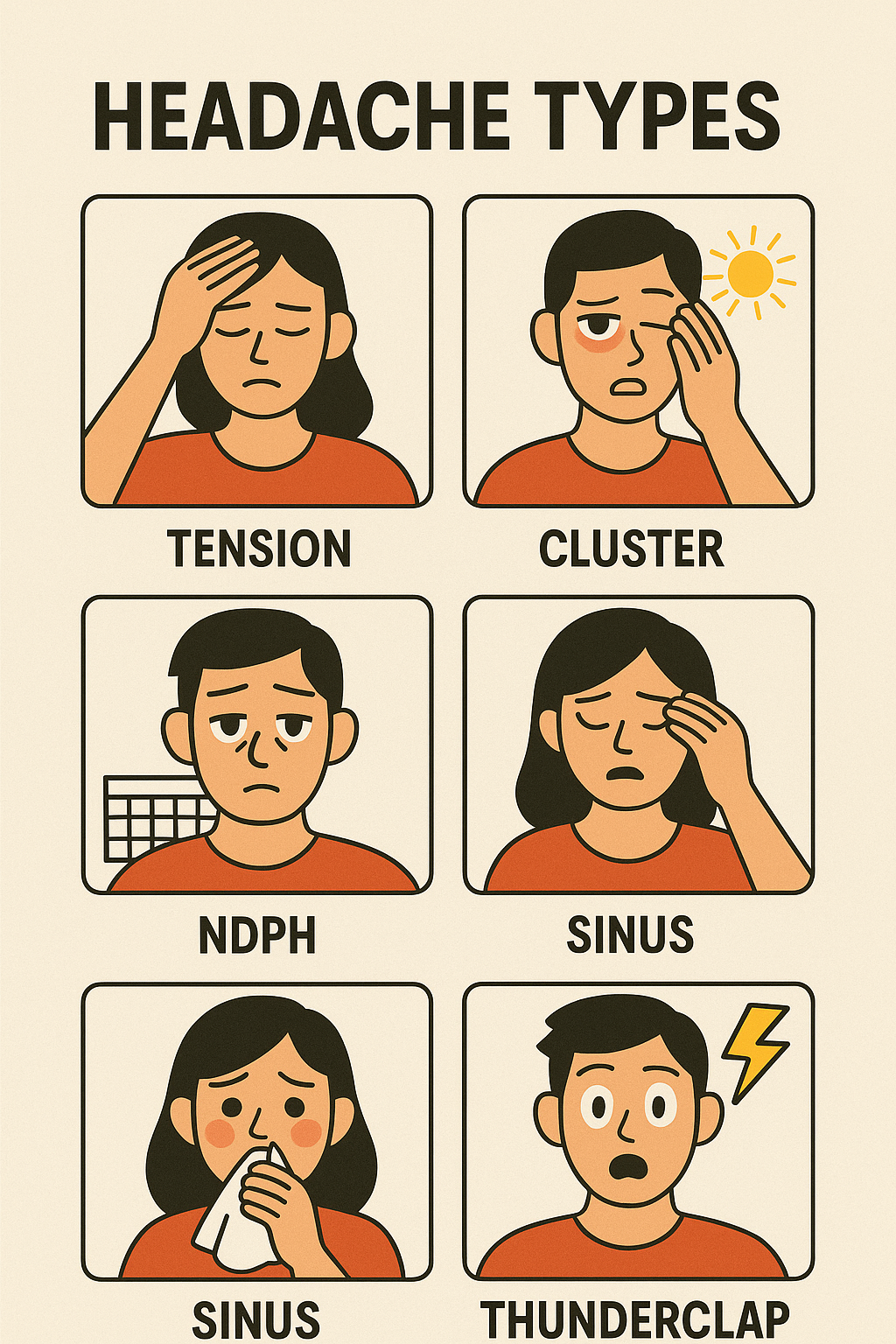
9 Proven Home Remedies to Relieve Headache Pain Fast
There are many ways to kick that frustrating headache back to where it came from and recover your precious smile. Thankfully, most of these methods are natural solutions you can try from home without spending an extra dime.
1. Drink Water
Most headaches are like fires that a glass or two of water can quench. Just a slight dehydration can trigger some of the most painful headaches. So, try getting some water. Take water throughout the day and eat more fruits with a lot of juice.
2. Dim the Lights
Sometimes, a dimly lit environment is all you need to kick that headache out. Sometimes, that very bright living room or phone light only worsens things. Some people with headaches are susceptible to light. So, dim the lights and enjoy the relief. You deserve it.
3. Drink Herbal Tea
Aside from being another excuse to hydrate, herbal tea has some headache-reducing properties. For example, migraines respond well to ginger tea due to the natural compounds it contains. Other headaches will disappear when you consume herbal teas like lavender, peppermint, and chamomile.
4. Good Old Sleep
Many times, shutting down your system could ensure that your body reboots and kicks off that nagging headache. Insufficient sleep can open the doors to headaches. In the same way, it can also kick them out. Get more sleep, and you could wake up to a miracle.
5. Get a Massage
People have gotten relief from headaches by simply rubbing some parts of the head, including the back of the neck and the area between the eyebrows. You can also try gripping the top of your nose with your thumb and index finger.
6. Cold Compress
If you have access to ice, that may be all you need to deal with that headache. Apply an ice pack to your head and neck. This will help the blood vessels contract and slow down inflammation. It works exceptionally well for migraines.
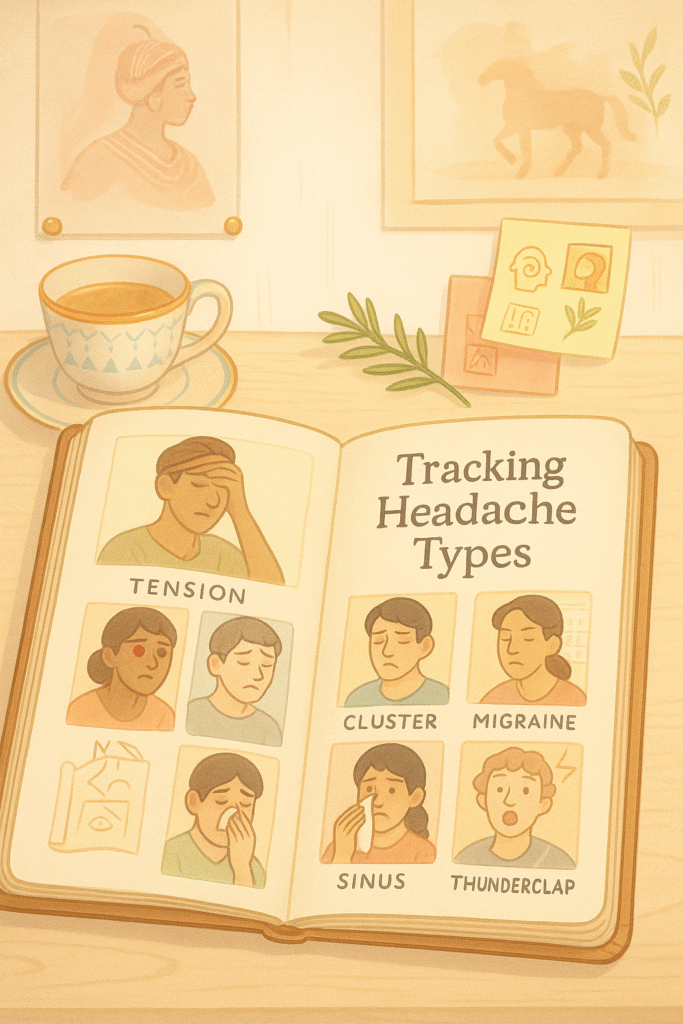
7. Warm Compress
The same technique applies if you have a tension headache. But this time, you will be going the opposite direction—the warm compress. Dip a towel into hot water, squeeze, and press gently into your head or neck. It will relax your muscles and ease the ache.
8. Acupuncture
Acupuncture, a practice of applying needles to strategic locations in the body, has been found to ease headaches. It does this by triggering the body’s natural pain-relieving compounds. Research, including from the National Institute of Health, has shown that it works.
9. Caffeine to the Rescue
Although excessive caffeine intake can lead to headaches, a little caffeine is also a remedy. Coffee, soda, tea, or any drink with caffeine will do. They have been recorded to ease headaches in many instances. Many headache medications also include caffeine.
By following these tips, you can manage your headache and have a headache-free day. But if it persists beyond normal, see your doctor.
